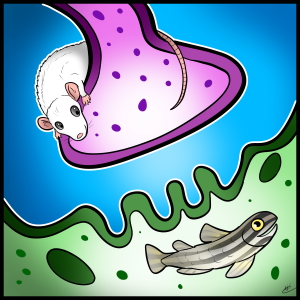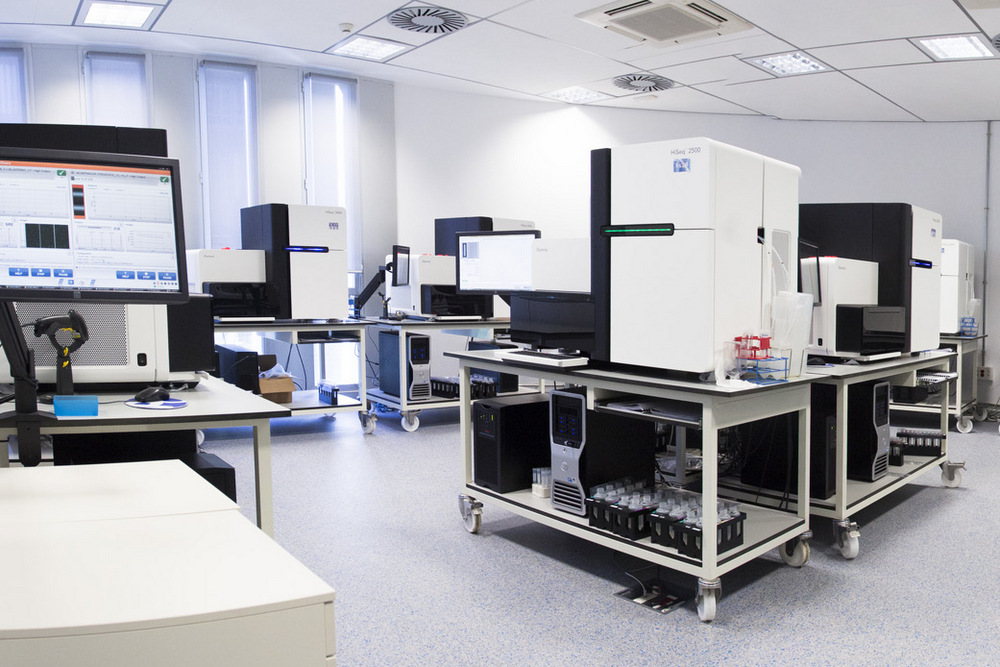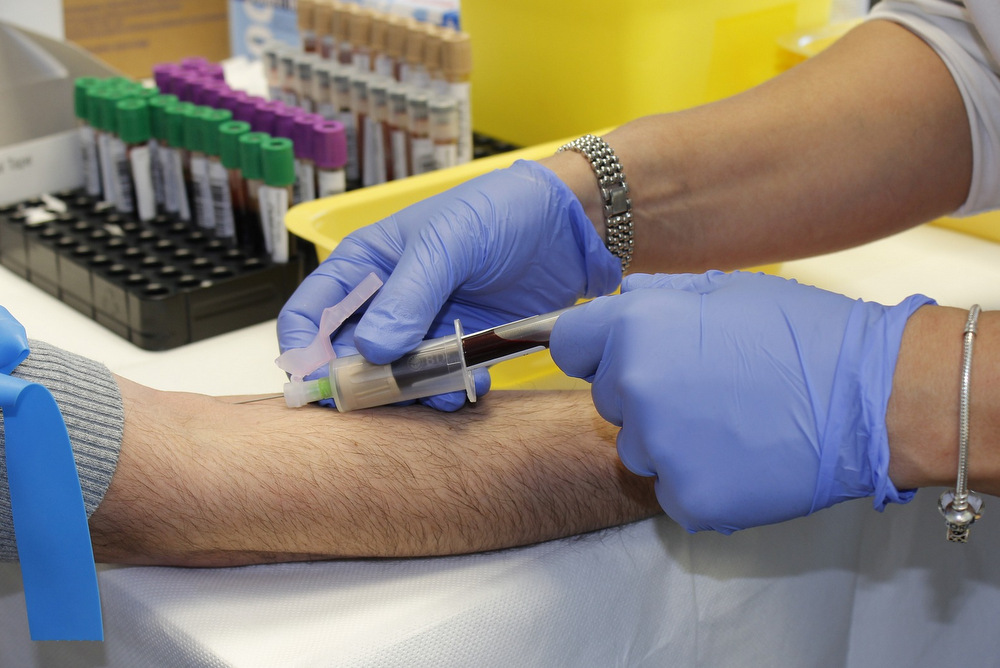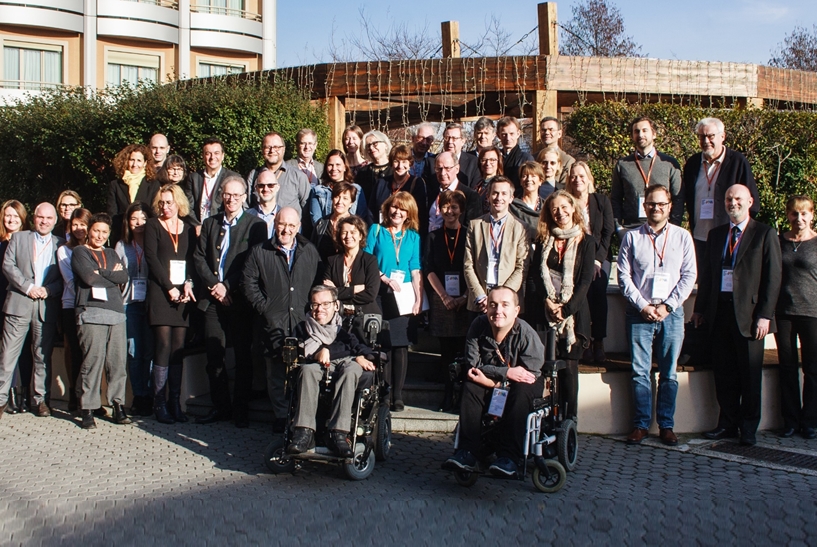Our areas of research
Although individually uncommon, rare diseases are so numerous that they collectively affect as many as one person in every 17 – in Canada, about 2 million people. Their rarity and diversity pose specific challenges for healthcare provision and research, and for the development and marketing of treatments. Our research program is primarily focused on defining the basic molecular and cellular mechanisms that cause severe and disabling disorders of muscle and nerve in humans, so-called neuromuscular disorders (NMD), to enable improved diagnosis, better care and development of effective treatments.
Diagnostics and gene discovery
Our group is dedicated to providing patients and families affected by neuromuscular diseases with a rapid diagnosis in order that they can be put onto the optimal care pathway and have the opportunity to participate in clinical research. In many cases, where the genetic test results reveal a defect that is already known to cause…
Clinical research
In clinical research, individuals volunteer to participate in studies that aim to uncover better ways to treat, prevent, diagnose and understand human disease. Our clinical research includes clinical trials, where a new treatment or intervention is tested; patient registries, which collect information about disease epidemiology and specific features; and natural history studies, which monitor patients in detail to discover more about how diseases progress.
Biobanking
Biobanks are organized collections of biomaterial samples available for research. In rare diseases, the number of available biosamples is often very limited, which hinders research into disease pathogenesis and mechanisms and therapy development. Making rare disease blood, DNA, urine and tissue samples accessible for reuse is thus particularly important, as each sample is of great…
Biomarker discovery and validation
The National Institutes of Health’s Biomarkers Definitions Working Group defines a biomarker as “a characteristic that is objectively measured and evaluated as an indicator of normal biological processes, pathogenic processes, or pharmacologic responses to a therapeutic intervention.” Biomarkers have become an important read-out measure to study the therapeutic effect of drugs in clinical trials, in…
Identification of pathomechanisms
For many neuromuscular diseases, the genetic cause is known, and the challenge is then to translate these gene discoveries into patient-tailored treatments. To achieve this, disease-relevant models are essential to support characterization of the disease, unravel the pathogenic mechanisms, identify new therapeutic targets for intervention, and perform preclinical testing where potential therapeutics/targets are identified. The…
Therapy development
Genetic therapies Gene therapy and genetic therapies are treatments that target the underlying genetic cause of a disease. Various methods are in development in academic and commercial centres worldwide involving intervention at a molecular level to modify or replace the defective gene and restore its function. Most of these are at an early stage in…
Patient registries
Patient registries collect information about individuals who are affected by a particular condition. The data collected may be used for a range of purposes, from research into specific features of the disease to clinical trial feasibility planning and recruitment. In many cases, patients self-register and provide their own data in a safe and secure manner,…
Health economics and social science research
Social sciences, heath economics and ethico-legal work underpin clinical research and are required for drug development and access in NMDs. Data on quality of life, burden of illness and patient preferences support decisions by companies, regulators and payers. Our research has developed approaches for and provided first insights into the health economics of rare neuromuscular…








